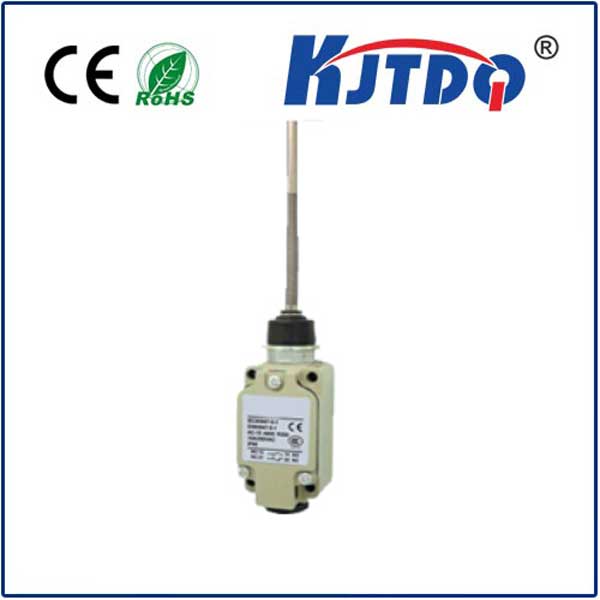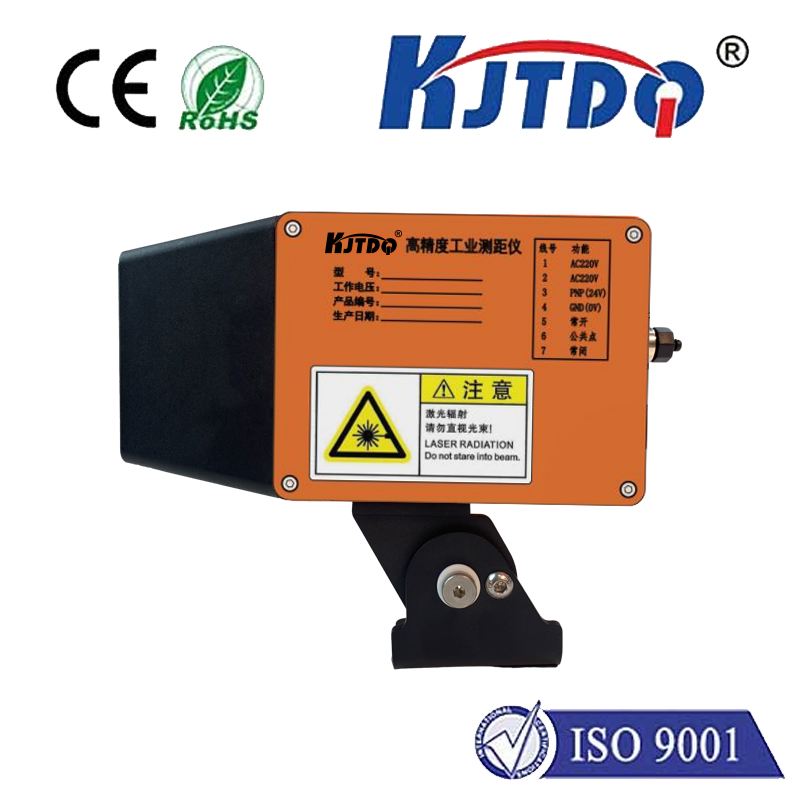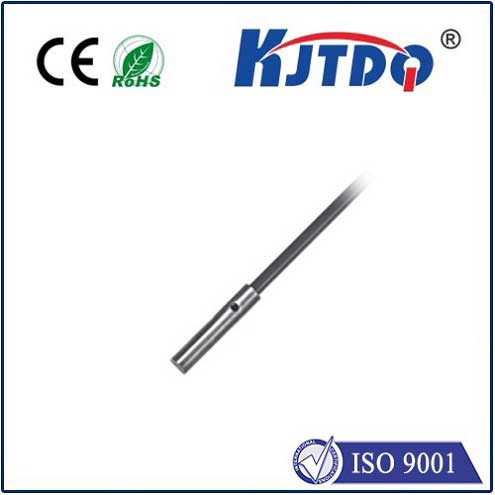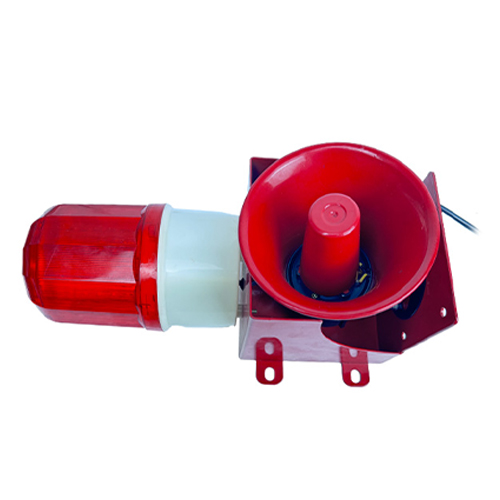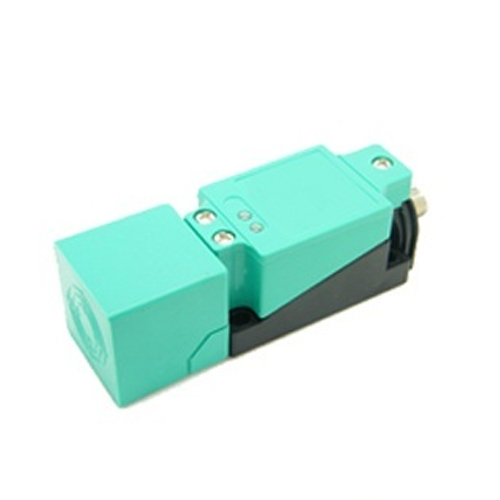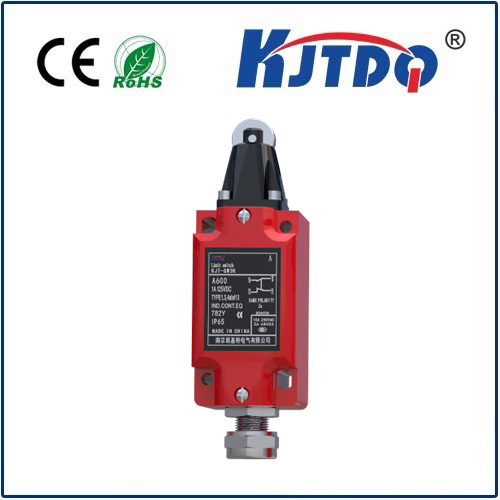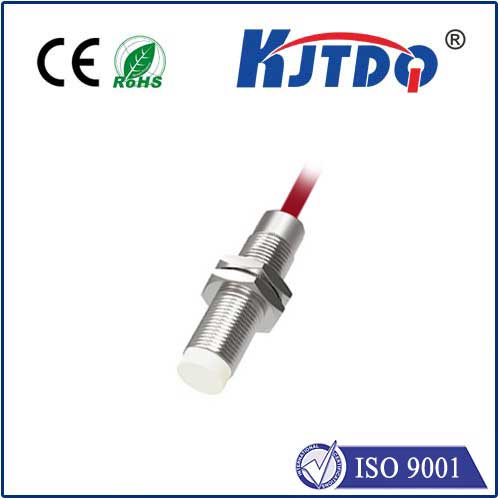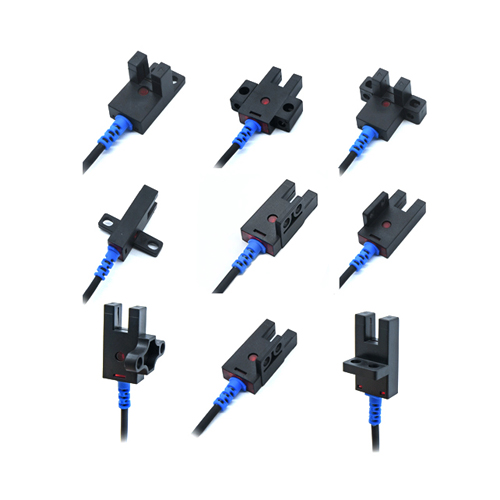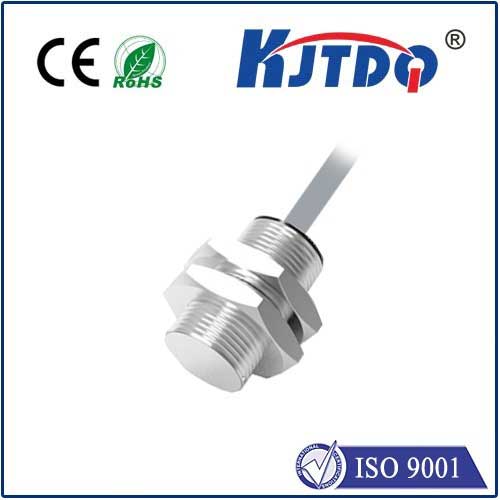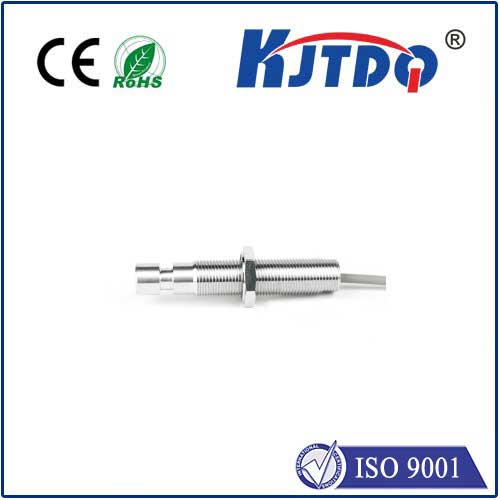

check

check

check

check

check

check

check

check

check

check
Title: FBG Fiber Optic Sensors: The Sharp Eyes Within Structures
Imagine embedding sensory nerves directly into the concrete of a bridge, the wings of an aircraft, or deep within an energy pipeline. Not nerves feeling touch or temperature as we know it, but nerves perceiving minute strains, subtle temperature shifts, and even vibrations, all communicated using nothing but light. This isn’t science fiction; this is the reality enabled by Fiber Bragg Grating (FBG) fiber optic sensors. Far more than just communication conduits, optical fibers equipped with FBGs have become indispensable tools for engineers and scientists requiring high-precision, reliable, and versatile sensing in demanding environments.
Decoding the FBG: A Wavelength-Specific Mirror
At the heart of this technology lies the Fiber Bragg Grating. An FBG is a microscopic periodic modification of the core refractive index within a standard optical fiber, created by exposing the fiber to intense ultraviolet light. Think of it like etching incredibly precise, nano-scale patterns directly into the glass core. This periodic structure acts as a highly specific wavelength-dependent mirror.
Here’s the core principle:

The Magic of Sensitivity: Strain and Temperature Detection
The brilliance of FBG sensors lies in what happens when the fiber experiences external influences like strain (stretching or compression) or temperature changes:
By using a specialized instrument called an interrogator to precisely measure this shift in the reflected wavelength (Δλ_B), we can directly quantify the applied strain or temperature change with remarkable accuracy. This is a fundamentally different approach from traditional electrical sensors; FBGs measure wavelength, not amplitude, making the signal immune to many common sources of noise.
Why FBG Sensors Are Transforming Industries: Key Advantages
FBG technology offers a compelling set of advantages that make it ideal for complex or harsh monitoring tasks:
Where FBG Sensors Illuminate Critical Applications
The unique strengths of FBG technology find application across a vast spectrum of industries:
The Future: Smarter Sensing Networks
FBG sensor technology continues to evolve rapidly. Research focuses on enhancing multiplexing density (packing more sensors on a single fiber), improving interrogation speed for dynamic measurements, reducing system costs, developing sensors for new measurands (like pressure, chemical concentration, or humidity), and creating even smaller, more robust sensor designs. Integration with Internet of Things (IoT) platforms and Artificial Intelligence (AI) for predictive analytics based on collected strain and temperature data is a significant growth area, transforming raw measurements into actionable insights.
A Wavelength-Defined Revolution
FBG fiber optic sensors represent far more than just a niche measurement tool. They provide a fundamentally robust, versatile, and scalable sensing solution for critical monitoring challenges where traditional electronic sensors fall short. By converting physical phenomena like strain and temperature directly into precise shifts in reflected wavelength, they offer unparalleled advantages in EMI immunity, safety, multiplexing capability, and long-term stability. As infrastructure ages, industries demand higher efficiency and safety, and new materials push boundaries, FBG technology stands poised as a key enabler, providing the sharp, distributed “eyes” needed within structures to ensure safety, optimize performance, and predict the future health of our engineered world. Their ability to be embedded within materials and operate reliably for decades makes them an increasingly vital component of modern structural health monitoring strategies, silently safeguarding our built environment through the intelligent manipulation of light.
